At the XIX INQUA congress in Japan I had the chance to see the surface ruptures of the 1891 Nobi earthquake during the mid-congress excursion M-2. This quake caused huge damage, but more interestingly for me, it produced amazing surface ruptures which are preserved even more than a hundred years after the event. The M7.5-M8 quake occurred in a mountainous area and was mainly strike-slip (more than 8 m!), but significant vertical uplift was found at step-overs. In 1991, the wonderful Neodani Fault Museum opened to the public, its main attraction being a paleoseismological trench exhibiting more than 5 m of vertical offset! Simply astonishing. Thanks to Atsumasa Okada, Heitaro Kaneda and Keitaro for this great excursion!
An interesting article on this quake was published in 1893 by Bundjiro Koto, in which he states the following:
The sudden elevations, depressions, or lateral shiftings of large tracts of country which take place at the time of destructive earthquakes are usually considered as the effects rather than the cause of subterranean commotions; but in my opinion, in can be confidently asserted that the sudden formation of the ‘great fault of Neo’ was the actual cause of the great earthquake of the 28th of October, 1891 […].
This can certainly be considered a milestone in modern earthquake research.
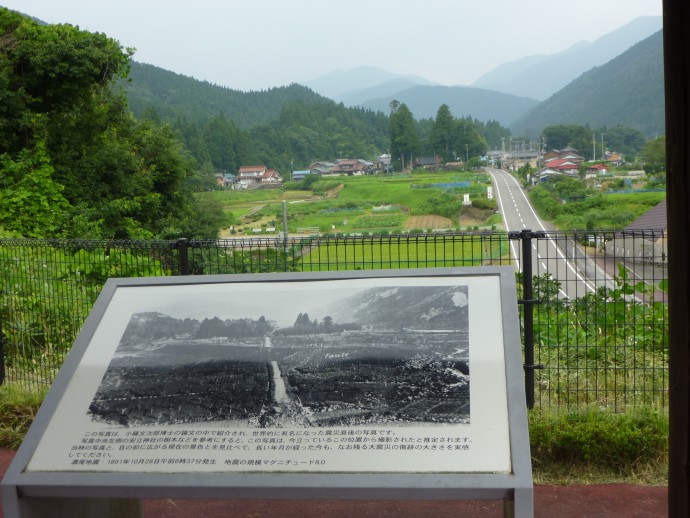
The site where the famous historical picture was taken few days after the earthquake
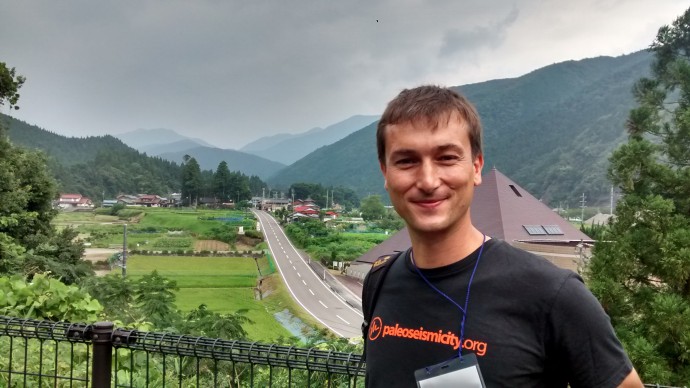
Me in front of the surface rupture
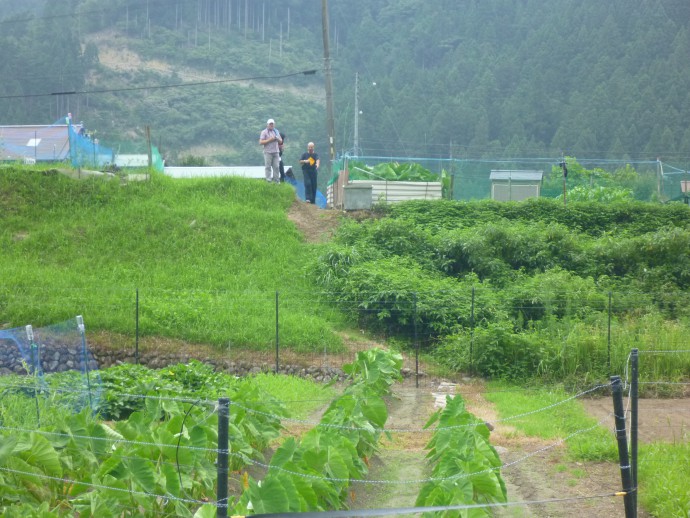
5 m vertical offset, Franck Audemard for scale
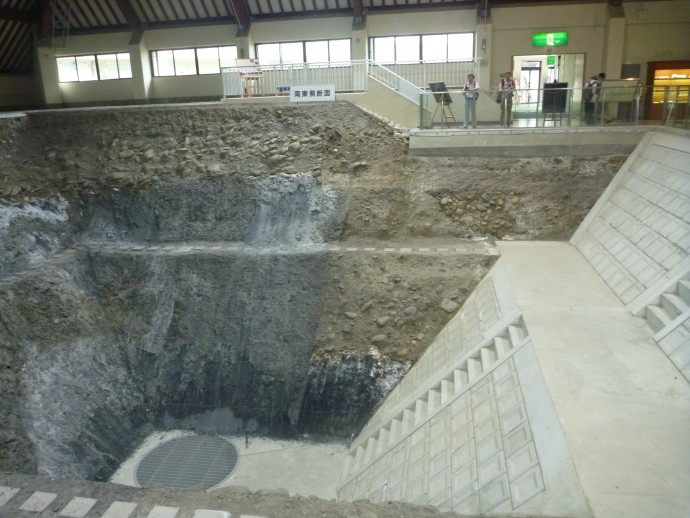
Neodani Fault Museum
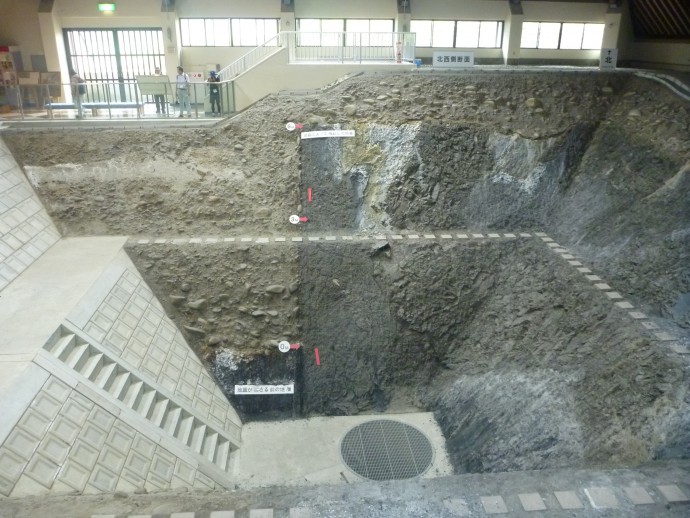
Neodani Fault Museum
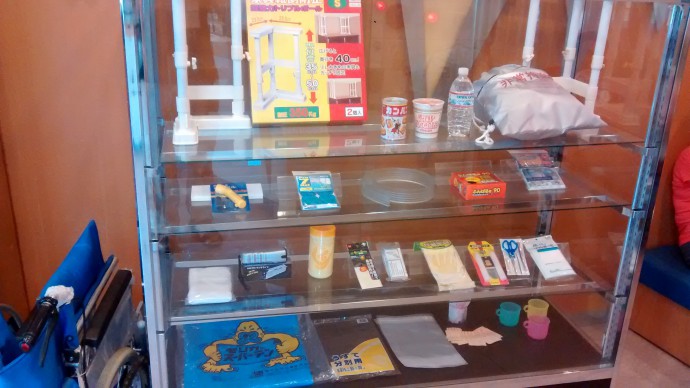
The earthquake kit – every family here has one. Neodani Fault Museum
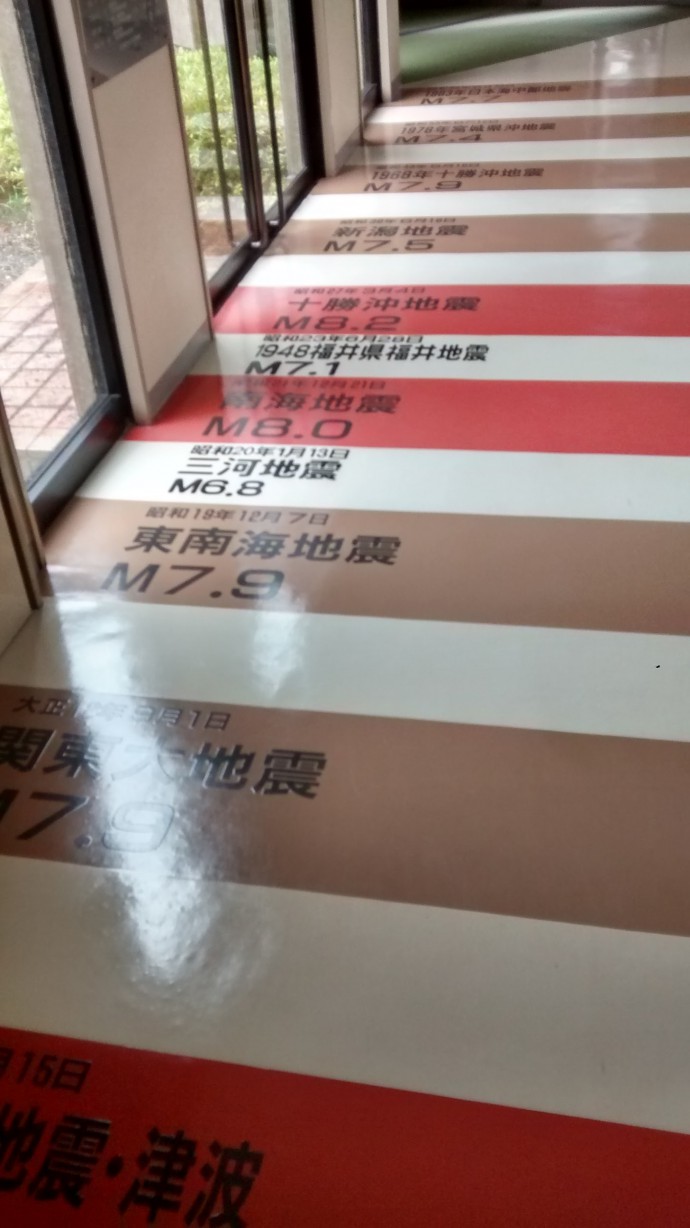
Major quakes in Japan, Neodani Fault Museum
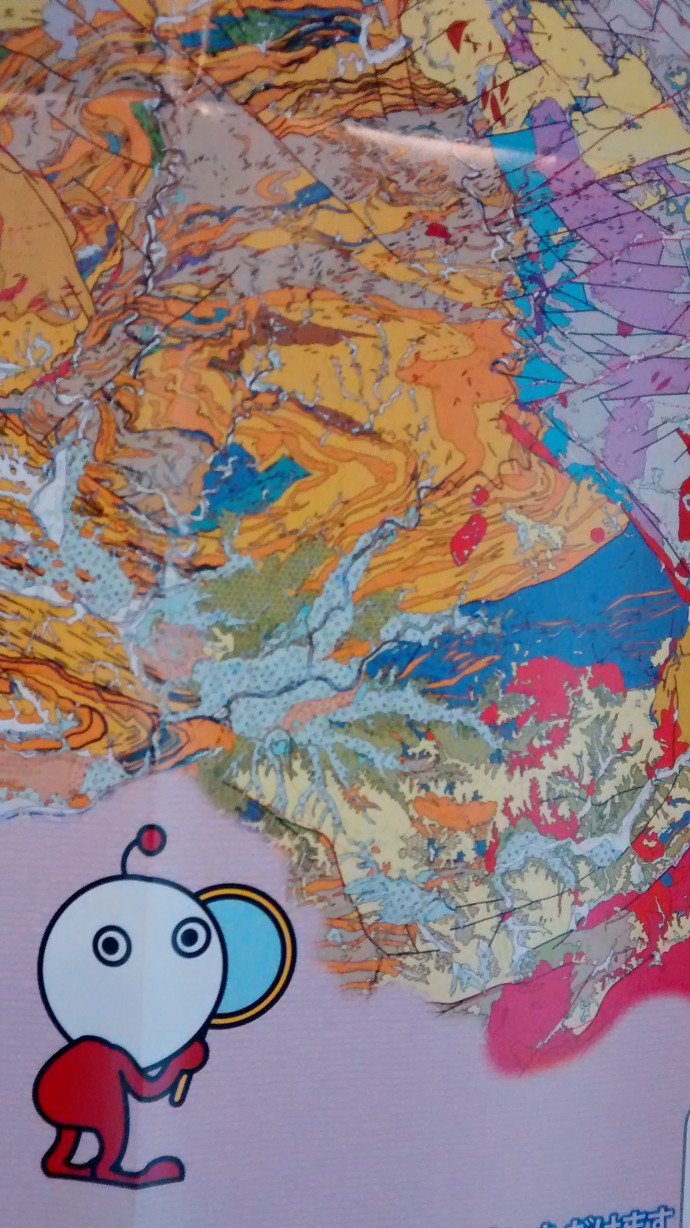
Where’s my fault? Neodani Fault Museum
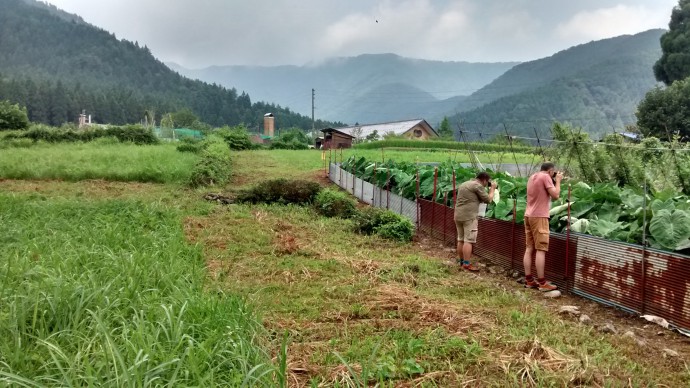
Geologists staring at things
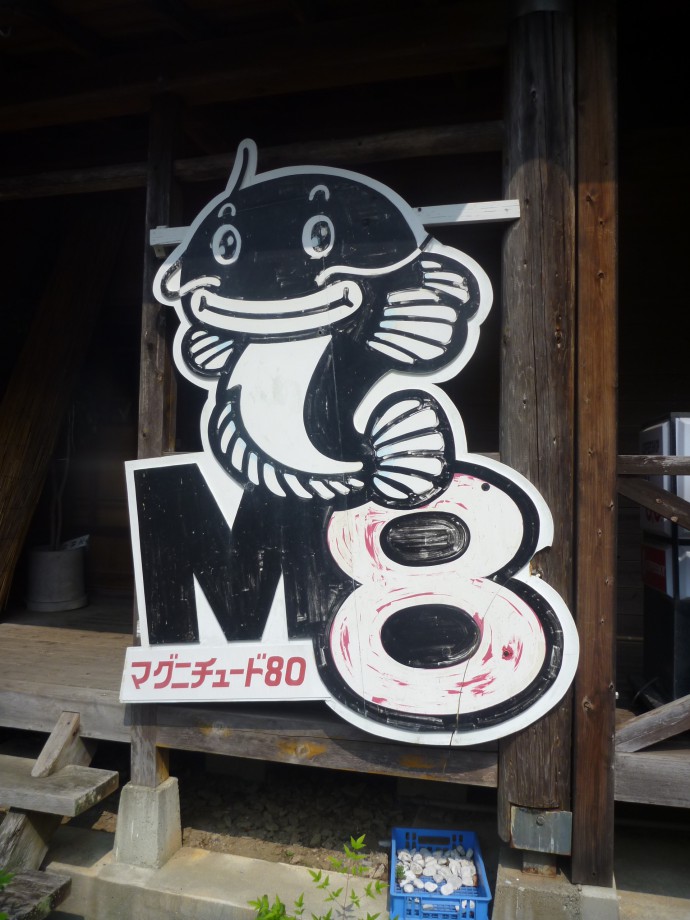
The M8 bar
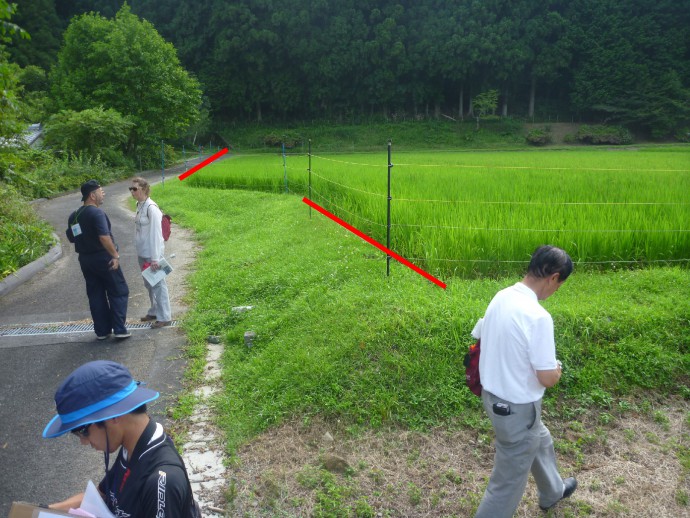
Left-lateral offset rice paddies
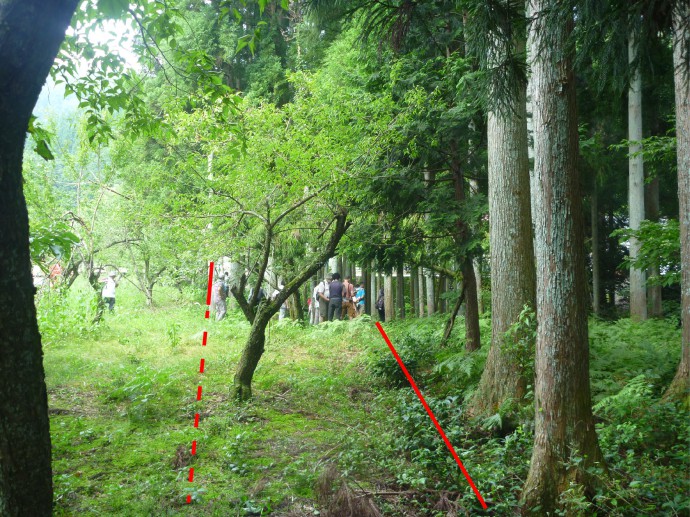
Left-lateral offset tree line
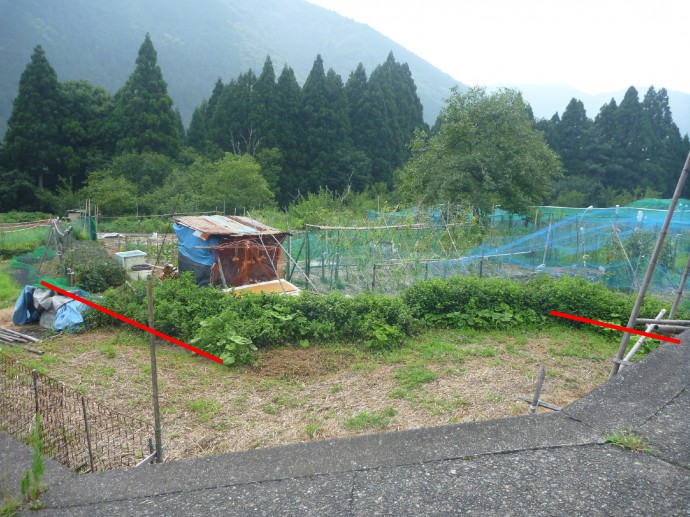
Left-lateral offset tea hedge
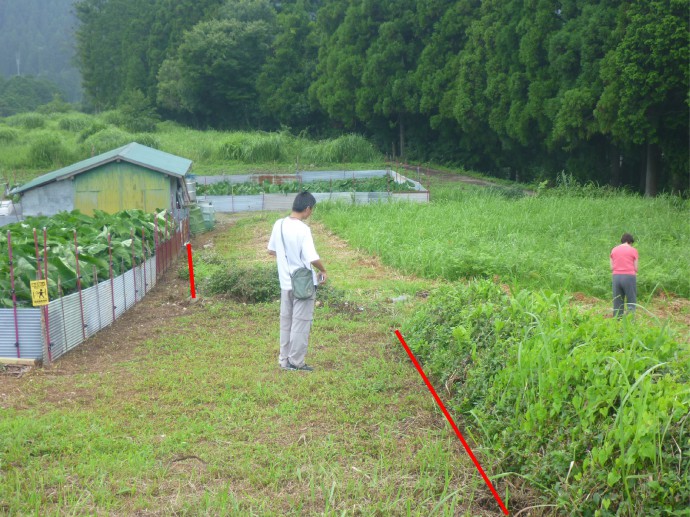
Left-lateral offset tea plant hedge
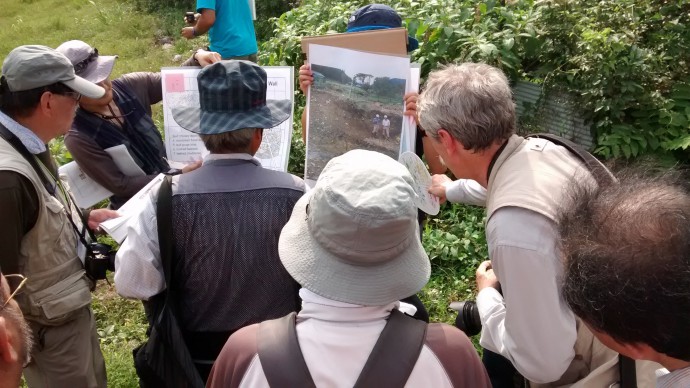
Explaining trenching results in the field
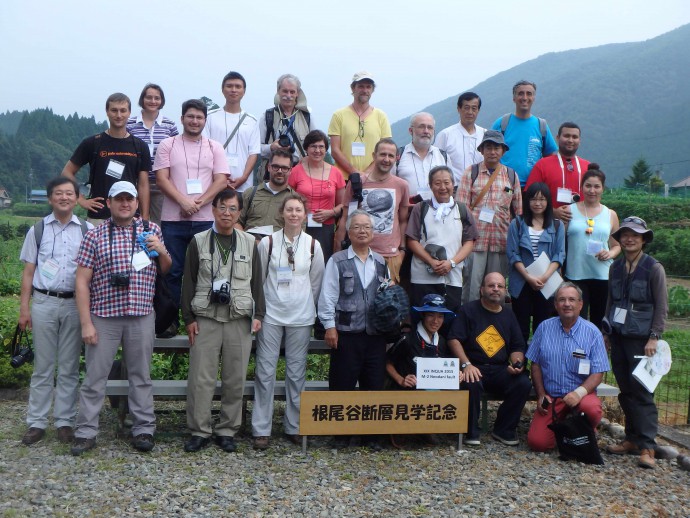
M-2 group photo
Further reading
-
Kaneda, H., & Okada, A. (2008). Long-term seismic behavior of a fault involved in a multiple-fault rupture: Insights from tectonic geomorphology along the Neodani fault, central Japan. Bulletin of the Seismological Society of America, 98(5), 2170-2190.
-
Sato, H., Okada, A., Matsuda, T., & Kumamoto, T. (1992). Geology of a trench across the Midori fault scarp, from the Nobi earthquake of 1891, central Japan. J. Geogr, 101(7), 556-572.
-
Rydelek, P. A., & Sacks, I. S. (2003). Triggering and inhibition of great Japanese earthquakes: the effect of Nobi 1891 on Tonankai 1944, Nankaido 1946 and Tokai. Earth and Planetary Science Letters, 206(3), 289-296.
-
Fukuyama, E., & Mikumo, T. (2006). Dynamic rupture propagation during the 1891 Nobi, central Japan, earthquake: a possible extension to the branched faults. Bulletin of the Seismological Society of America, 96(4A), 1257-1266.
-
Koto, B. (1893). On the cause of the great earthquake in central Japan, 1891.
KML of the field trip stops
- Magnitude 8 restaurant
- Neodani Fault Museum
- Neodani Fault Museum
- 5 m vertical offset, Franck Audemard for scale
- The site where the famous historical picture was taken few days after the earthquake
- Left-lateral offset rice paddies
- Left-lateral offset tree line
- Left-lateral offset tea hedge
- Left-lateral offset tea plant hedge
- M-2 group photo
- Explaining trenching results in the field
- Geologists staring at things
- The earthquake kit – every family here has one. Neodani Fault Museum
- Major quakes in Japan, Neodani Fault Museum
- Where’s my fault? Neodani Fault Museum
- Me in front of the surface rupture


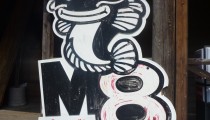
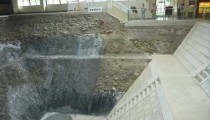
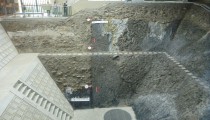
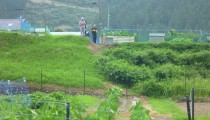
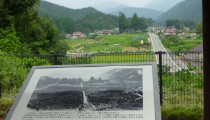
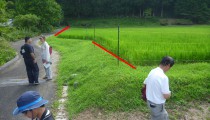
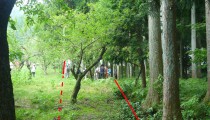
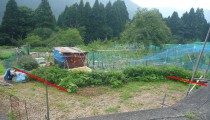
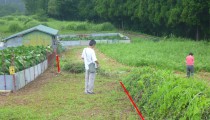
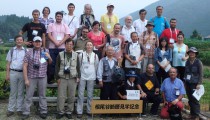
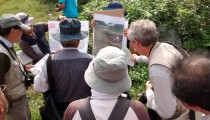
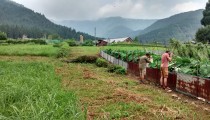
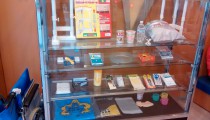
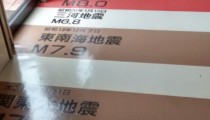
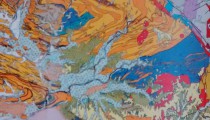



No Comments
No comments yet.